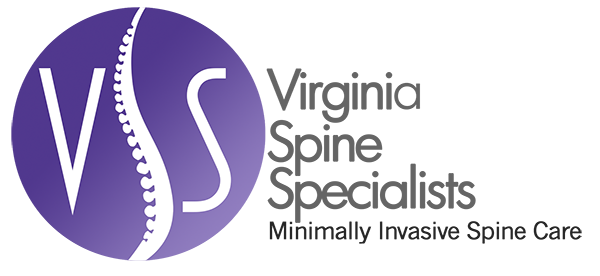Slipped Disc
Slipped disc is a condition commonly seen in patients suffering from leg and back pain. It is important to understand its origin and its treatments. First, the term slipped disc can be confusing and misleading for many patients as it is used to describe many different types of spinal problems. For the purposes of this discussion, slipped disc is a condition commonly known to spine specialists as spondylolisthesis (SPAWN-de-luh-LIS-these-is). Slipped disc does not describe this problem accurately. It is actually the vertebrae that slip on each other in this condition and not the discs.
This slip may be a result of degeneration or trauma or may be present from an early age. It most commonly causes back pain and leg pain but may occasionally cause numbness, tingling and weakness of the legs.
Most of the time, this problem can be treated conservatively by building a strong core of back muscles through physical therapy. Occasionally, medications may be needed to treat this pain. In a small group of patients, this problem will need to be addressed surgically when the symptoms stop responding to conservative measures.
Minimally invasive spine surgery has really advanced significantly in the last decade in the treatment of these problems. Modern neurosurgeons are able to address these problems with a variety of surgical approaches including placement of a plastic or metal cage within the disc space and placement of minimally invasive instrumentation called pedicle screws in the vertebrae.
In properly selected candidates, these procedures yield very high rates of success and long term relief from pain.

Toll Free: (855) 774-6334
Fax: (571) 208-0585
Conditions We Treat
Chronic Back Pain
Neck Pain
Arm Pain and/or Numbness
Leg Pain and/or Numbness
Herniated Disc – Lumbar and Cervical
Sacroiliac Joint (SI) Pain
Slipped Disc
Spinal Stenosis
Spinal Fractures
Whiplash Syndrome
Failed Back Surgery
Office Hours & Locations
Monday – Thursday: 8am – 4pm Friday: 8am – 2pm Fredericksburg 4604 Spotsylvania Parkway, Suite 300 Fredericksburg, VA 22408 Manassas 9625 Surveyor Ct. Suite 320 Manassas, VA 20110
